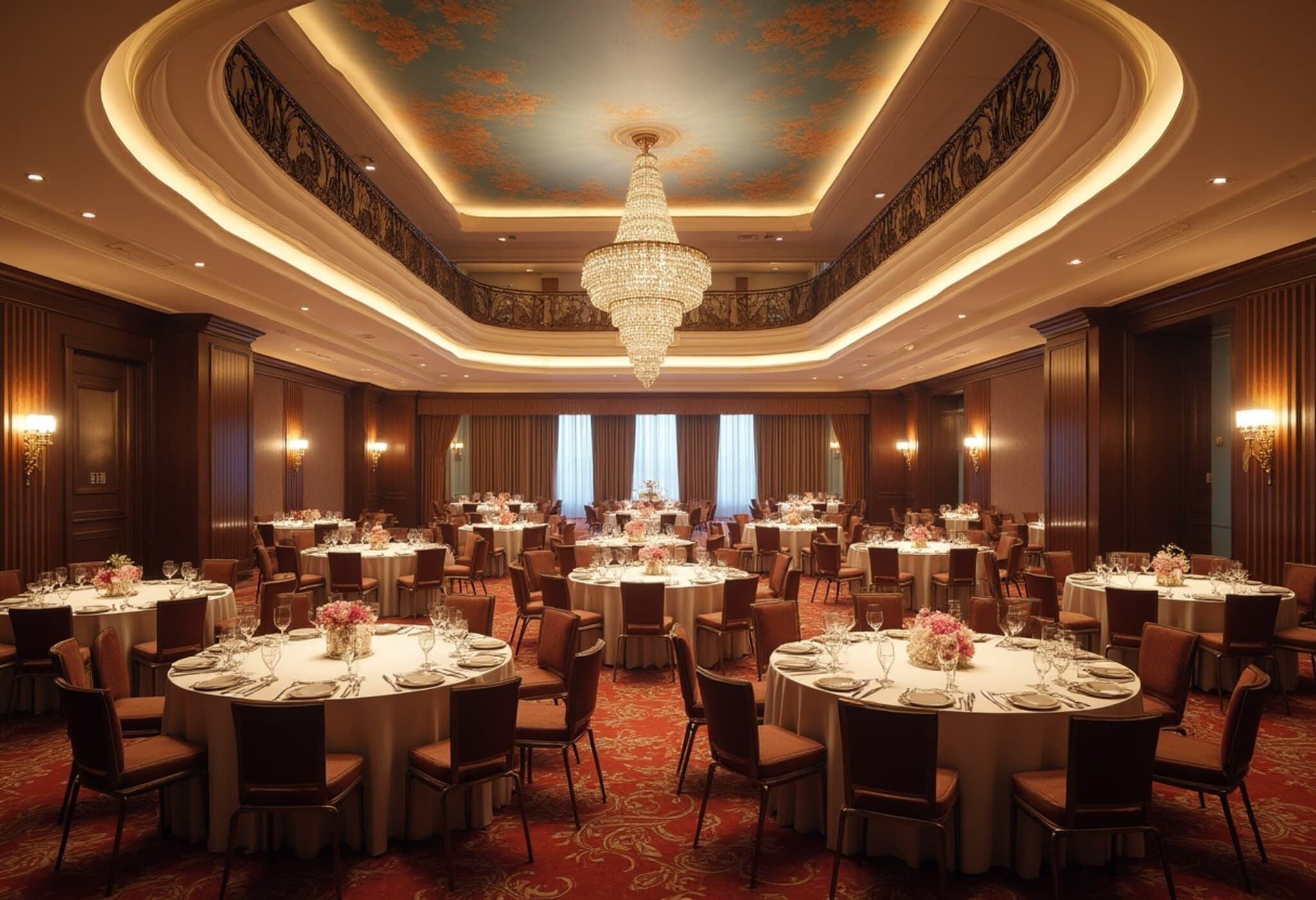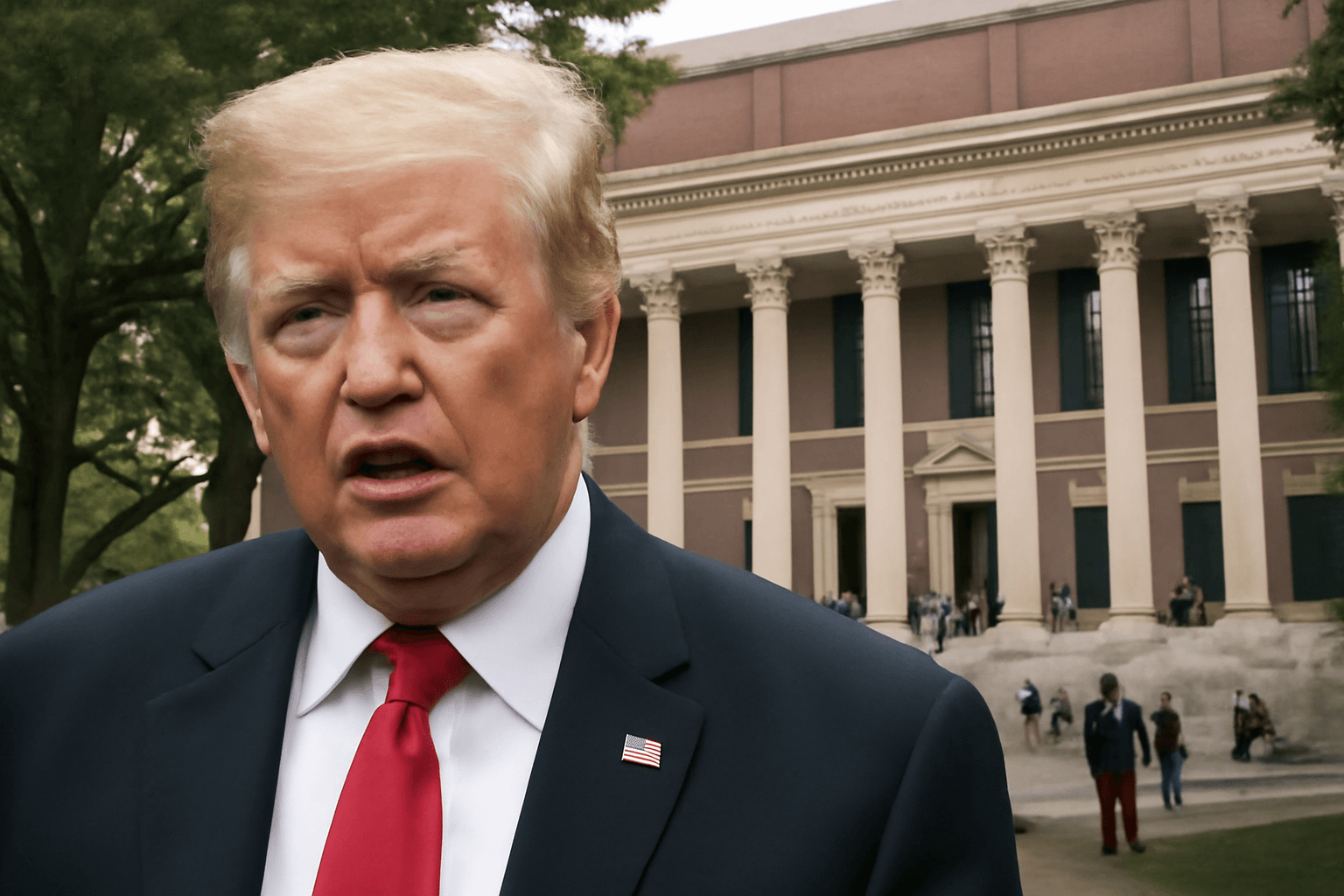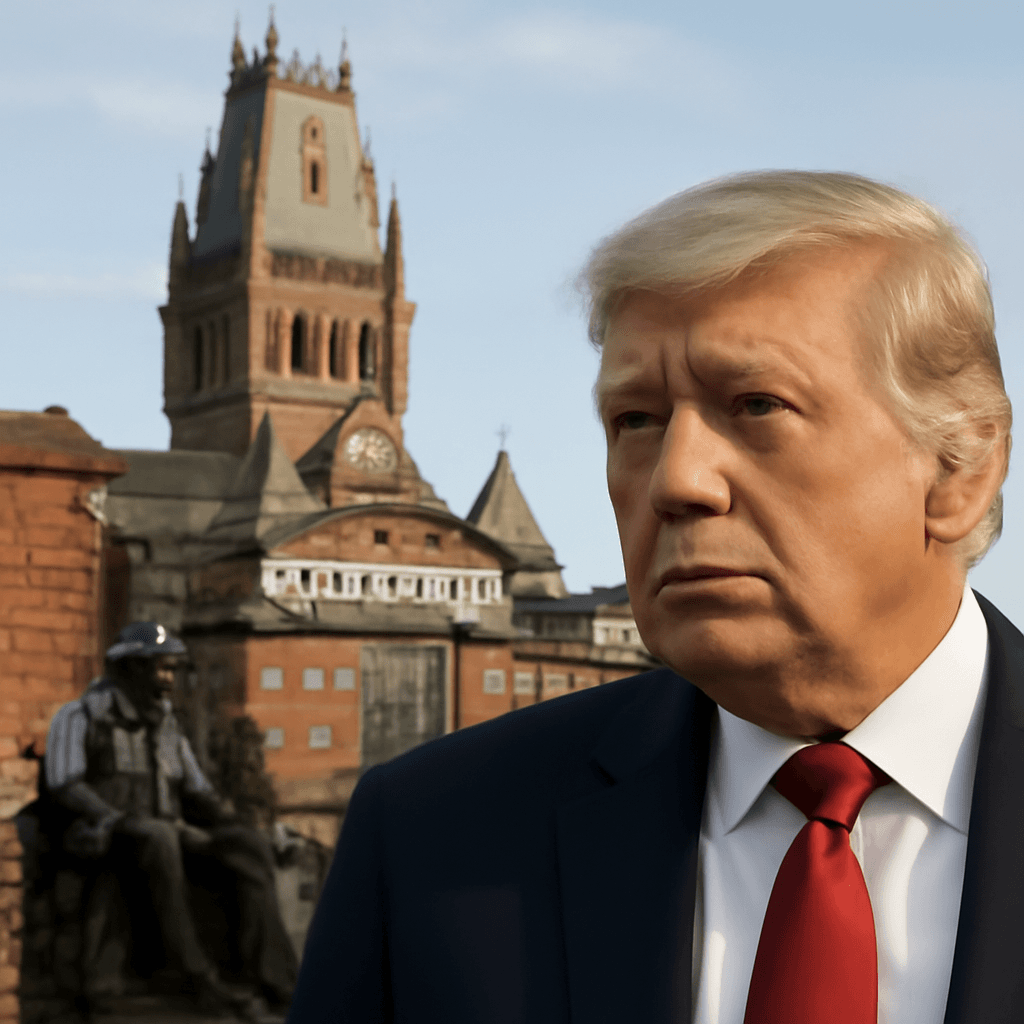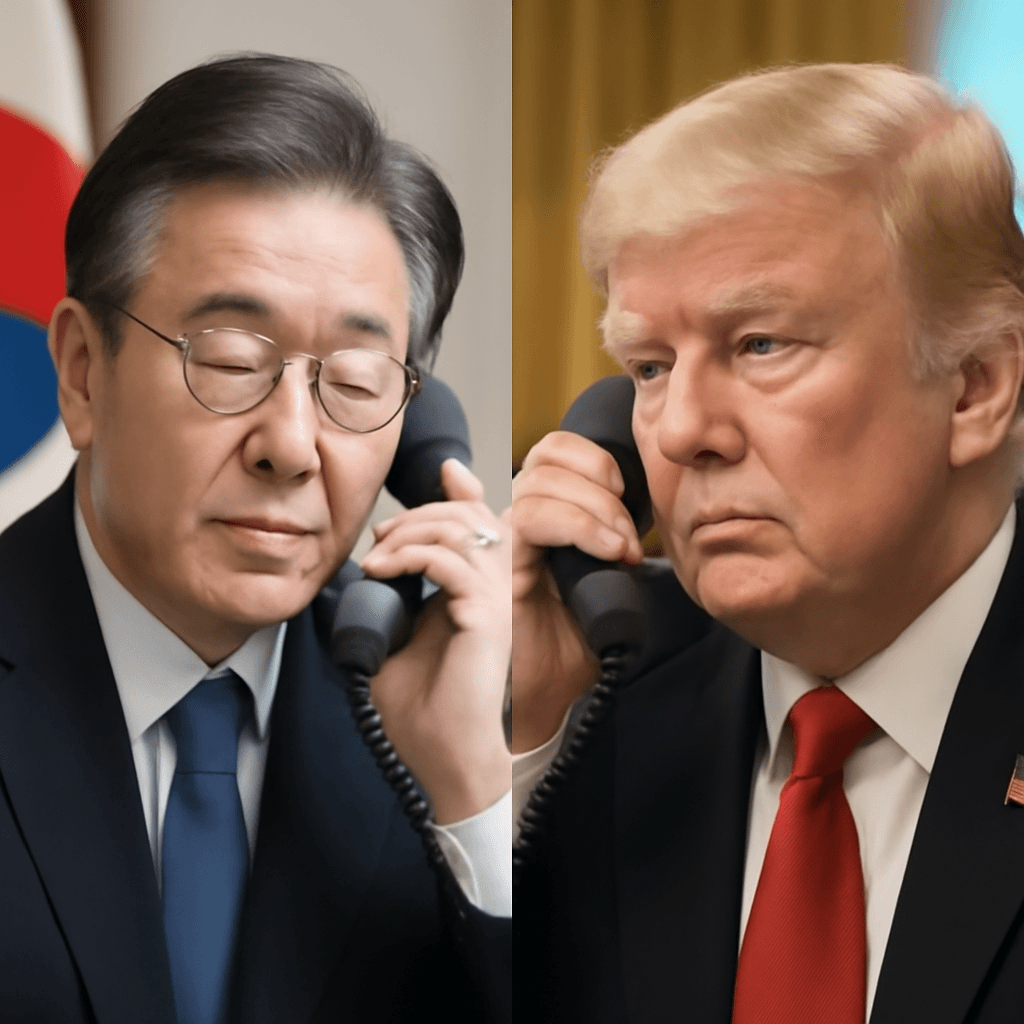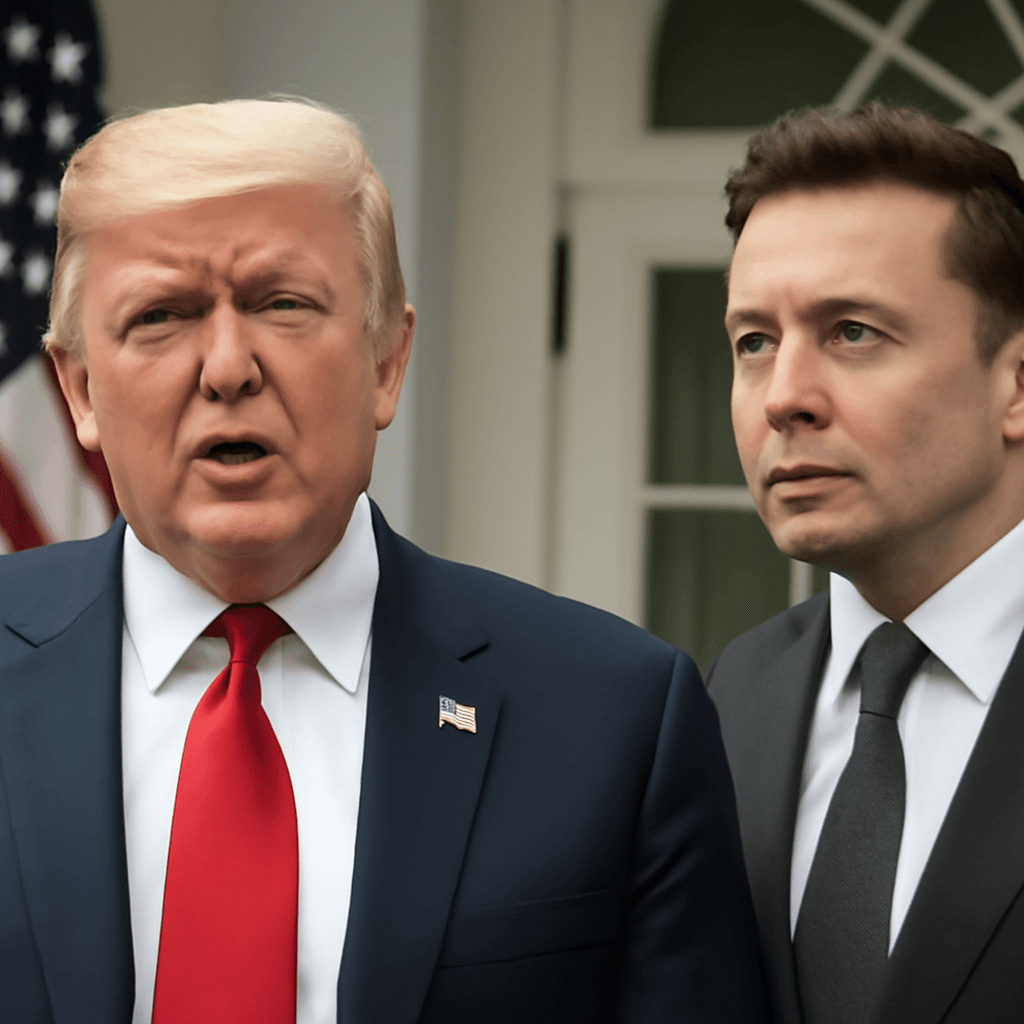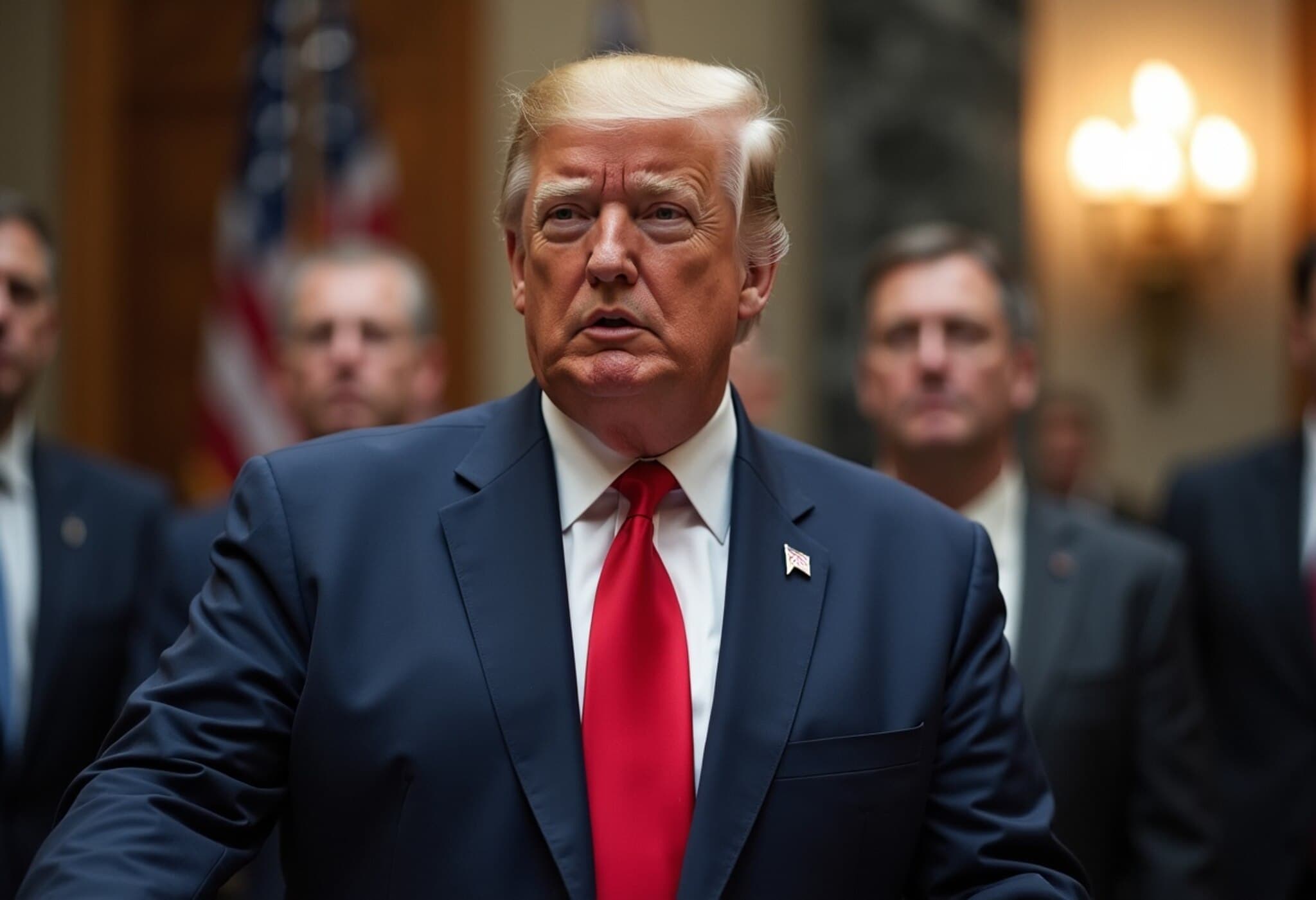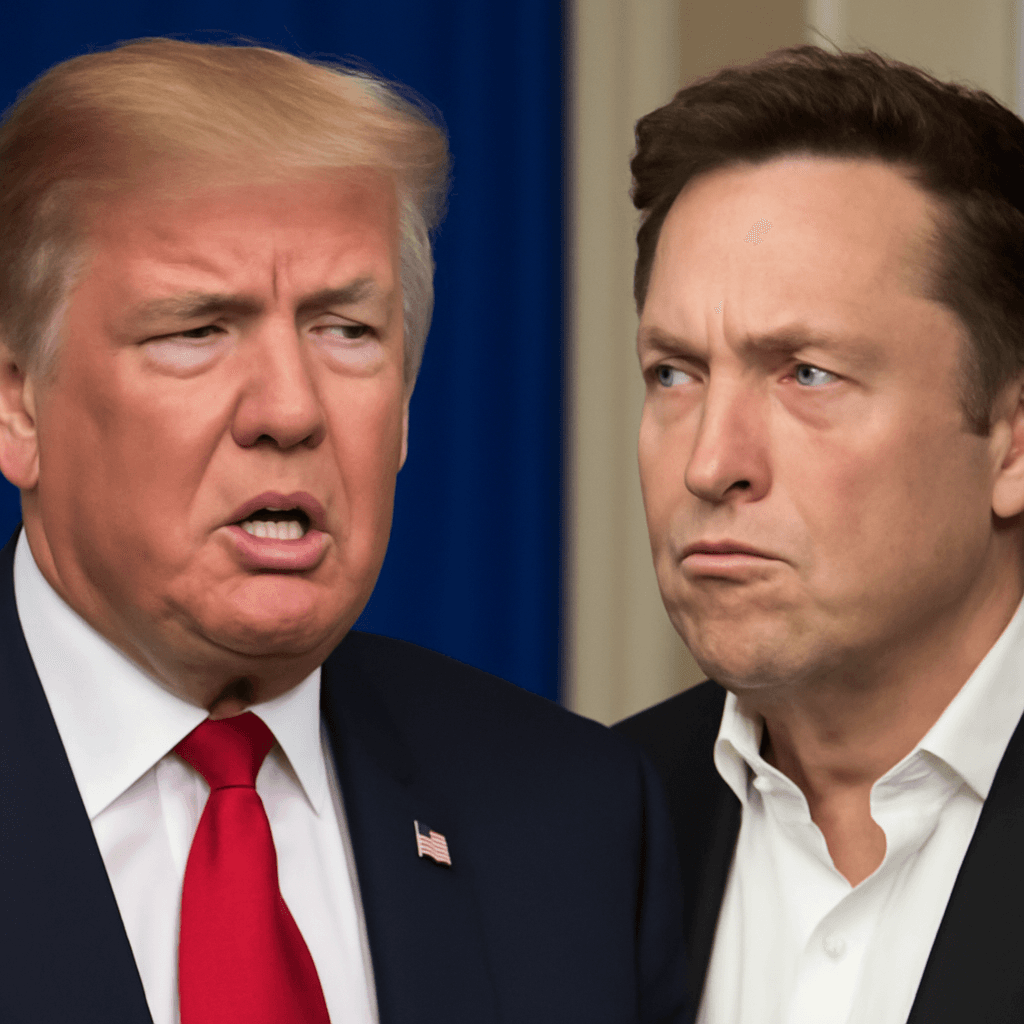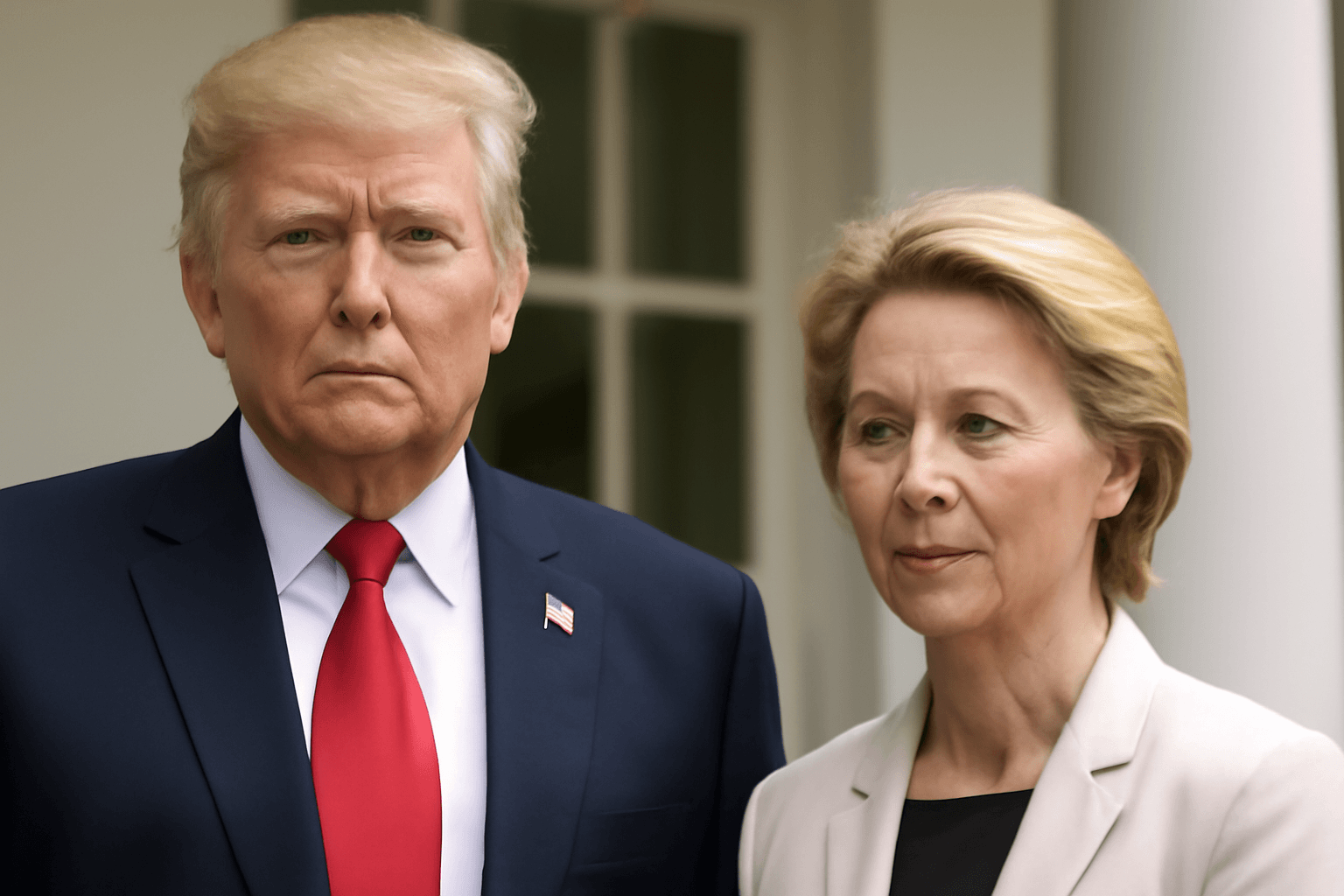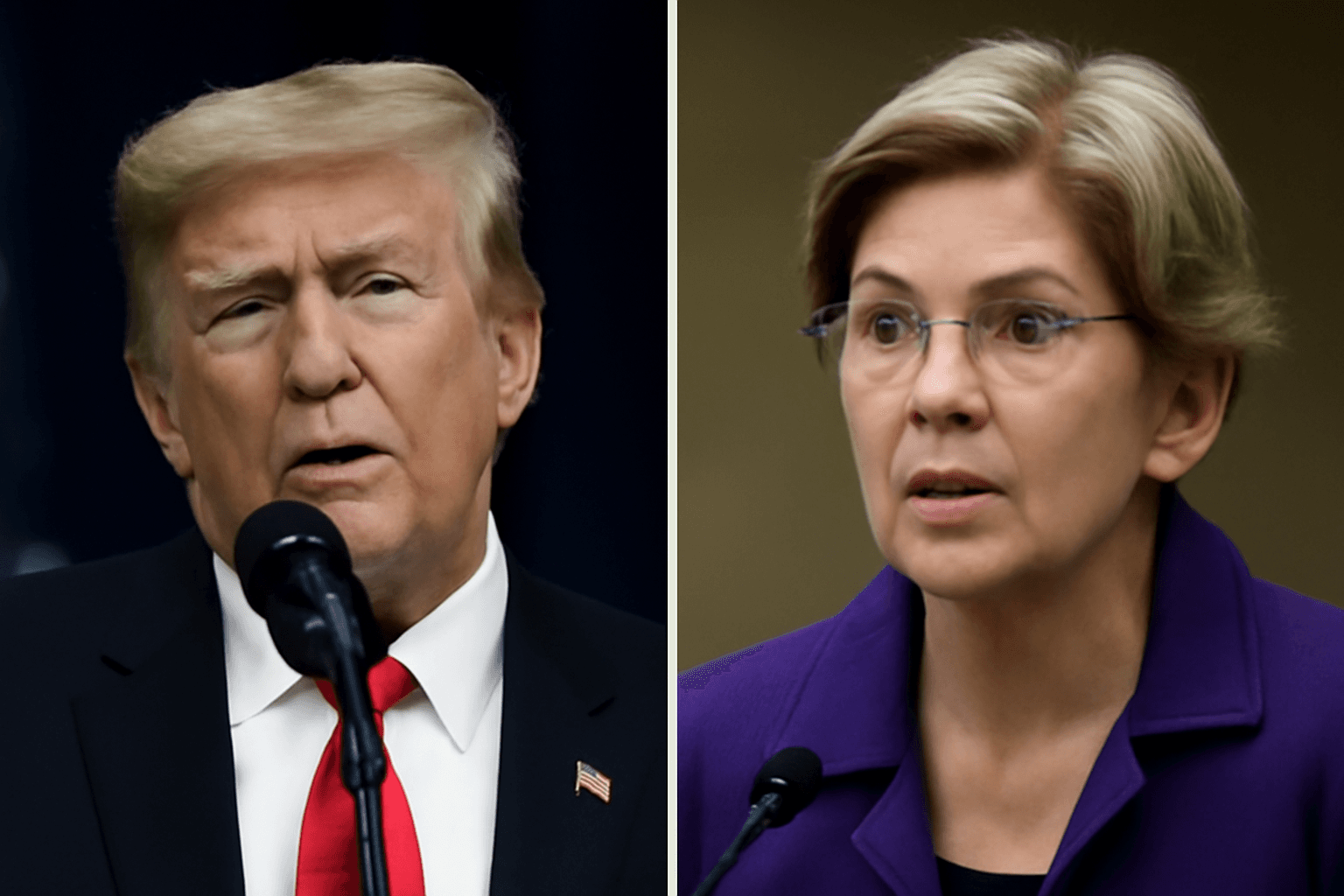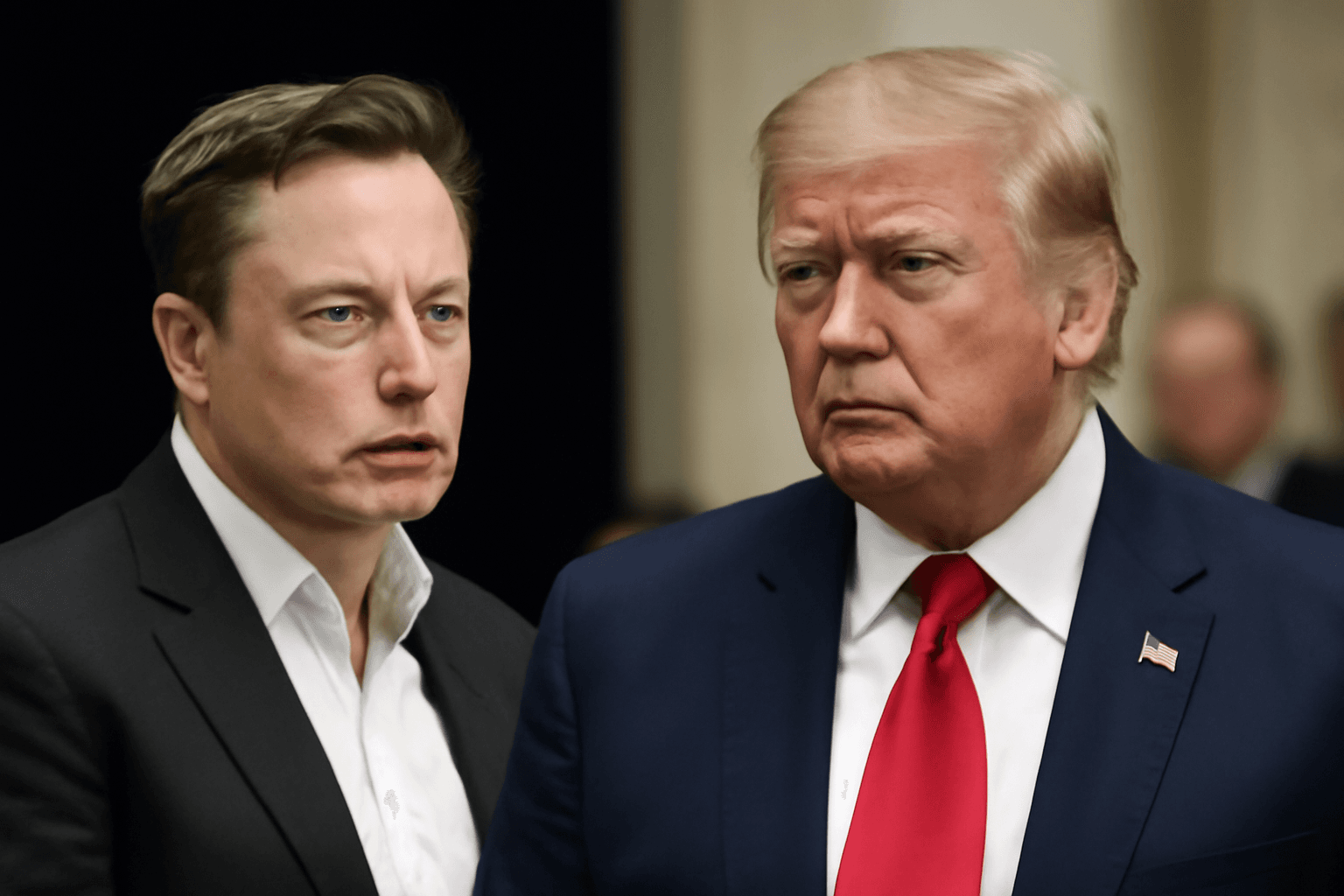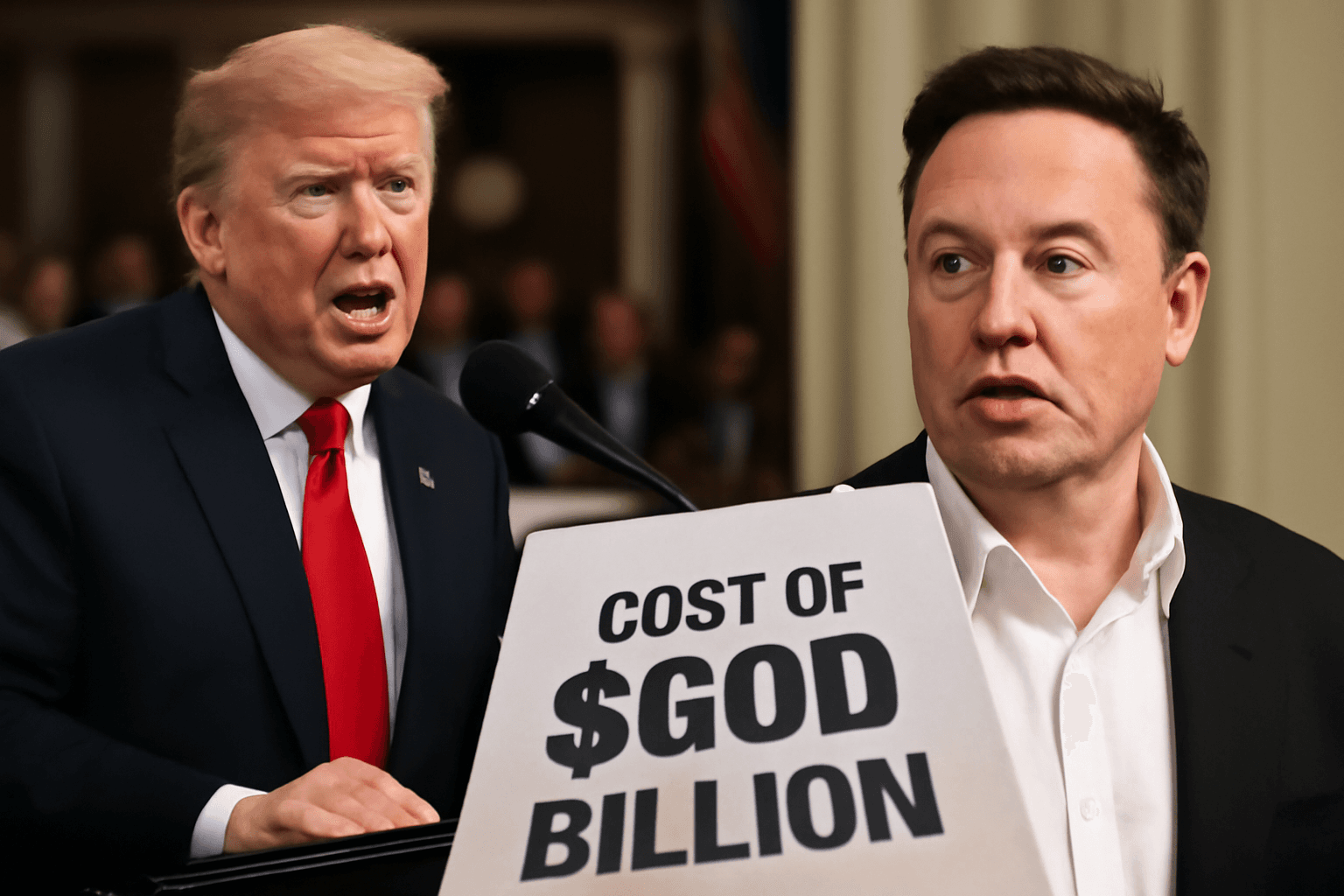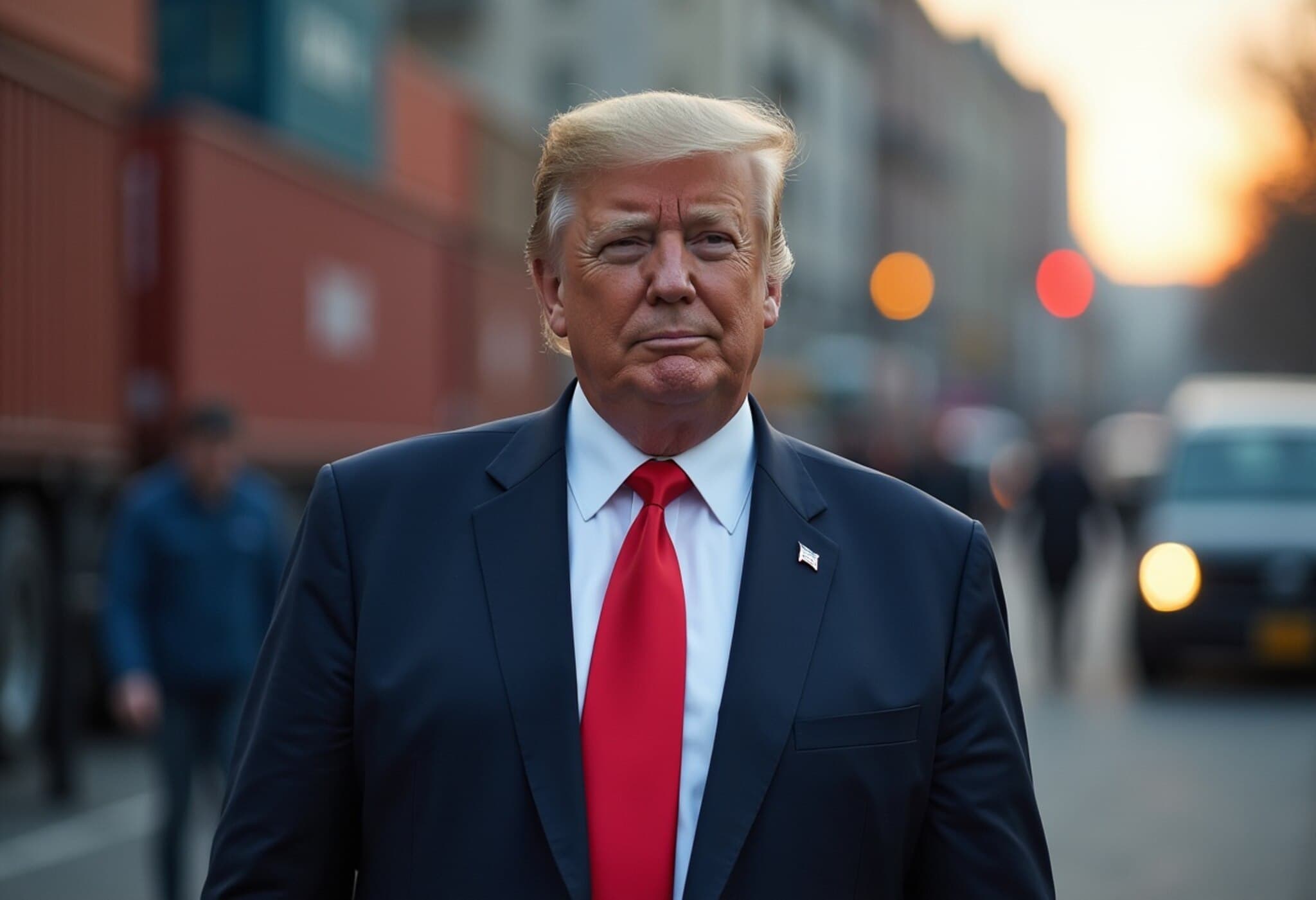Trump Announces Ambitious $311 Million Ballroom Project at White House
In a move stirring both historical significance and considerable debate, President Donald Trump has unveiled plans to begin construction on a grand new ballroom at the White House starting this September. Valued at an estimated $311 million (USD 200 million), the proposed ballroom aims to offer a vastly expanded entertainment space adjacent to the East Wing, promising to reshape the presidential residence’s capacity for hosting large-scale events.
A Bold Vision Rooted in Personal and Historical Context
As a real estate developer turned president, Trump’s eye for grand renovations is no secret. From gold leaf enhancements in the Oval Office to the installation of towering flagpoles and radical redesigns of the Rose Garden, this latest project marks his most ambitious architectural imprint on the White House so far.
Trump has frequently voiced frustration over the current limitations of White House entertaining spaces – notably the State Dining Room, which is smaller and used for more intimate affairs, and the larger East Room, often too modest to accommodate the president’s envisioned events. Historically, oversized gatherings have required temporary tent setups on the South Lawn, which Trump describes as problematic, especially during inclement weather.
Design and Scale: A Ballroom for the Ages
The White House has shared renderings developed by McCrery Architects PLLC showcasing the proposed structure that would seat approximately 650 guests within a sprawling 8,360 square meter area. The ambitious scale of the ballroom aligns with previous historic renovations, including President Harry Truman’s extensive 1952 overhaul – the last time the mansion underwent a major reconstruction.
White House Press Secretary Karoline Leavitt confirmed that construction would begin in September, with full completion set before the end of Trump’s term in January 2029. Notably, the exorbitant cost will predominantly be covered by Trump and private donors, rather than public funds.
Integrating Tradition with Trump’s Personal Style
While modernization is a key aspect, the project aims to preserve the architectural heritage of the White House. Leavitt assured that the theme of the new ballroom would remain "almost identical" to the rest of the mansion, blending traditional aesthetics with necessary upgrades. The East Wing itself will receive modernization, although this will require temporary office relocations, including the office used by First Lady Melania Trump.
Trump’s previous offer in 2010 to build a $100 million ballroom during President Obama’s administration went unanswered, but this time, the plan is moving forward amidst close collaboration with various federal agencies — the National Park Service, the White House Military Office, and the U.S. Secret Service — ensuring operational security and historic site preservation.
Expert Commentary: Implications for Legacy and Public Perception
From a policy analyst’s perspective, this project illustrates the intersection of presidential legacy-building and public resource management. The decision to fund a $311 million addition through private donations sidesteps taxpayer concerns but invites scrutiny regarding priorities in a time of economic uncertainty and social challenges.
Additionally, the ballroom’s scale and opulence evoke questions about the use of public symbols and spaces for spectacle versus functionality. While the White House has historically served as a symbol of American values and governance, contemporary modifications reflect a more personalized imprint — a dynamic common among presidents but amplified by Trump’s larger-than-life public profile.
Regional experts note that this development could influence future administrations’ approaches to state functions and diplomatic hospitality, potentially setting a new standard for White House event capacity and style.
Looking Ahead: What This Means for the White House and American Political Culture
- Historic Preservation: Balancing modernization with conservation remains a critical challenge for this project.
- Public vs. Private Funding: The heavy reliance on private donations could reshape future expectations about funding presidential initiatives.
- Political Symbolism: Trump's personalized modifications underscore how presidential decisions extend beyond policy into symbolic representation.
As construction begins, all eyes will be on how this addition integrates with the historic mansion and how it shapes the atmosphere of presidential events for years to come.
Summary Box: Editor’s Note
This $311 million ballroom project encapsulates more than architectural ambition; it serves as a lens into the evolving nature of presidential legacy, public space utilization, and the roles private funding plays in shaping national landmarks. Readers are invited to reflect on the broader questions this raises about stewardship, symbolism, and the balance between tradition and modernization in America’s most iconic residence.

